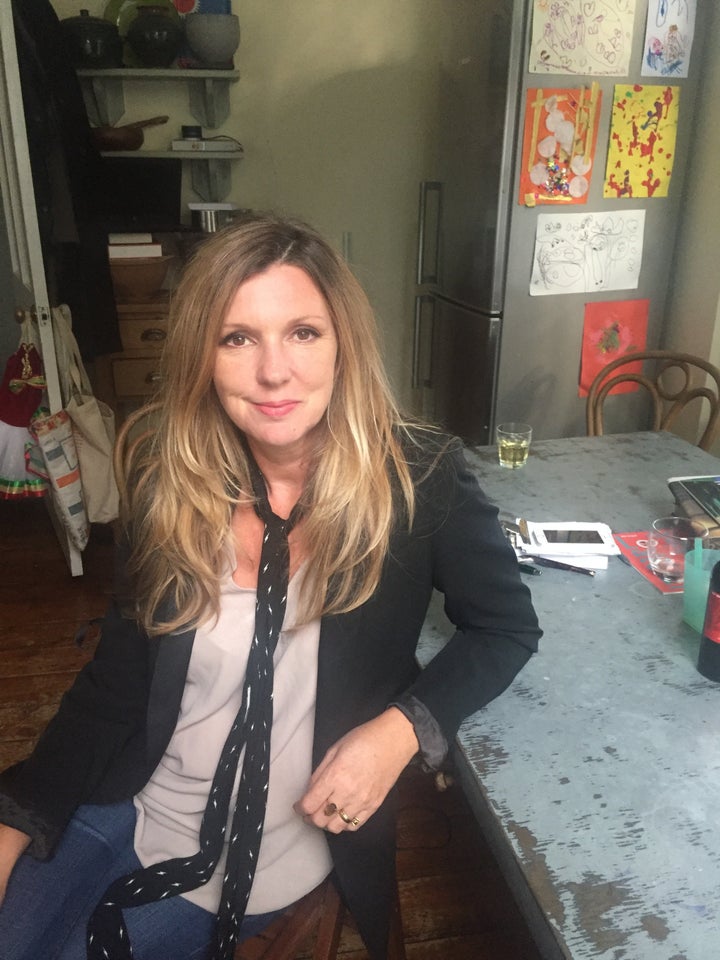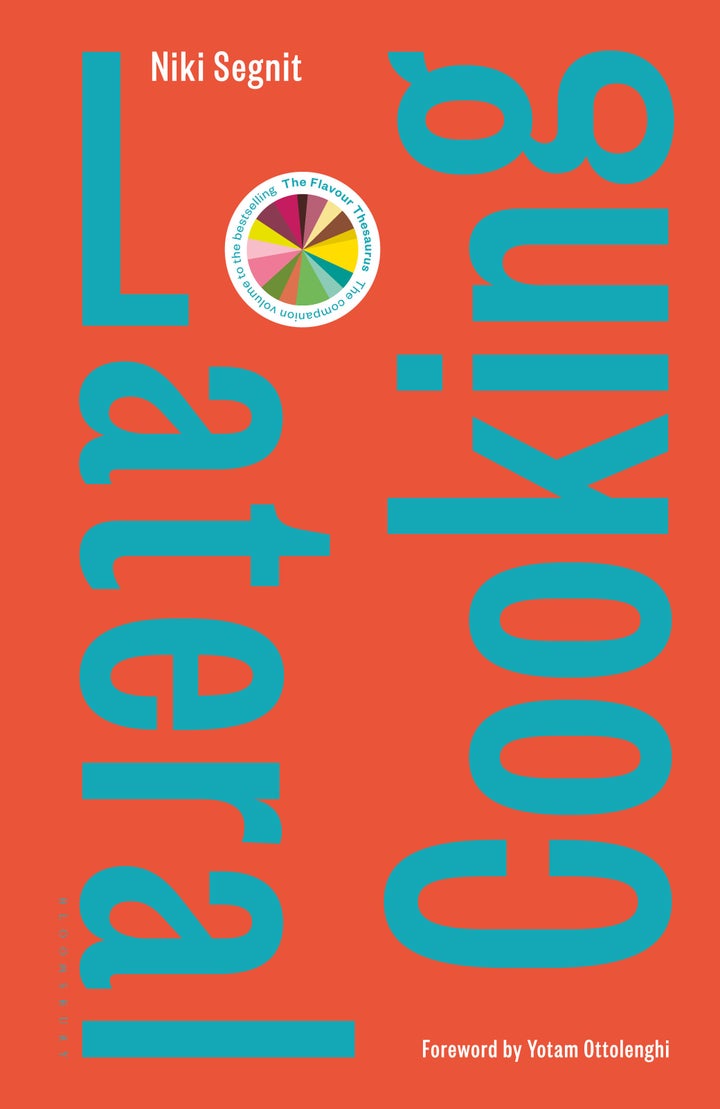Following on from her rainbow covered, global best-seller, ‘The Flavour Thesaurus’, which encouraged readers to experiment with bold and innovative combinations, Niki Segnit is back with a new, must-have book for any inquisitive cook – only this time she’s focusing on method rather than flavour.
Eight years in the making (minus the six months Segnit took off to have twins), ‘Lateral Cooking’ sets out to boost our confidence and creativity in the kitchen by showing us how dishes from around the world are connected. The idea: to start cooking without recipes. Here are seven reasons to give it a spin.

1) ‘Lateral cooking’ will make you feel like a true cook.
Many people never learn how to cook anything by heart because they’re just following recipes all the time. Segnit believes in getting to grips with a bunch of basic formulas – which she calls “starting points not recipes” – and connecting them up in a way that makes people understand the similarities between them.
The book plots 12 ‘continuums’, making connections between different foods. With bread, for example, Segnit explains how a flatbread is only a short hop away from a soda bread, which uses the same formula as a scone. From there, you can tweak the formula to make a loaf of bread, a burger bun and with some more ingredients (and skill), you can even create a brioche.
Only after years of researching the book does Segnit – who didn’t start cooking until her 20s – consider herself a “true cook”. “I have learnt to do a whole lot of stuff without having to use recipes, because I start from the same starting point. I have it in my head, I have it loaded on to my own personal hard drive.”
2) You can save money (and prevent food waste).
If you are a lateral cook, you’re more likely to use things up. “When I was a very recipe devoted cook, I would buy what I needed for that recipe and I’d have tons of stuff left over that would wilt in the fridge,” says Segnit, “because I’d go on to cook a different recipe with a completely different sets of ingredients.”
Now, every few days, she opens the fridge to look at what she’s got instead. She’s also very conscious of auditing her cupboards. “I start with the ingredients, rather than a recipe and the effect it has on waste is profound,” she says. “Of course it’s good for the environment too.”

3) Getting creative in the kitchen is good for you.
It’s boring making the same old meals week in, week out – both for your mind and your tastebuds. Open your cupboard and use what’s left over, suggests Segnit, or try some ingredients you’ve never used before instead.
She likes to think of it as a challenge. “You can say this is what I’ve got. I’ve got to come up with a way of using these things up in an interesting way.”
It might feel quite scary for those who tend to stick within their comfort zones and their tried-and-tested recipe books. “I used to be frightened,” admits Segnit. “Sometimes you do make something that isn’t great, but you learn from that, it’s not a bad thing.”
4) Doubling up on recipes saves time and effort.
This doesn’t just mean making a double portion so you can have leftovers for lunch the next day. In Segnit’s world, knowing the connections between food –both in terms of ingredients and prep – means you can make two dishes in one.
“If you’re making Yorkshire puddings for your Sunday roast, you can make pancakes that morning or the next day,” she says – it’s the same mixture. “If you’re making Chocolate truffles, use the same mix for a chocolate tart.”
5) Freedom from recipes allows you to cook for your own tastes.
If you’re cooking from a recipe, most people follow it verbatim – and why wouldn’t you? It’s tried and tested after all. Segnit hopes to break away.
“I don’t want people to flick through a book full of endpoints,” she says. “My book is all about the start. Segnit offers lots of options – or “leeways” as she calls them – to allow people to put their own spin on what they are creating, while catering to their personal dietary requirements and taste preferences.
Take sugar, for example. It’s becoming less and less fashionable, says Segnit. “I notice the degree to which you can reduce sugar in a recipe and get away with it – and sometimes you just cant.” Or flatbreads, she adds. They work gluten-free where some other breads just don’t. It’s helpful to know there are alternative ways of making your favourite things without compromising the results.
6) You might not get it right, but it’s the only way to learn.
When trying to become a lateral cook, it’s important to go easy on yourself. You should change – maybe even lower – your expectations because you’re not following a recipe, says Segnit. “The point of a recipe is that it turns out right, even perfect. If you’re cooking something that you’re making up a bit, sometimes that’s not going to work and you will learn to forgive yourself.”
There are no photographs in the book, only some illustrations. Segnit wants us to try things out without fear of comparison. “People can sit down with a cup of tea or a glass of wine and read around the subjects, daydreaming of their own thing,” says Segnit. “It’s written to get you a bit lost – dreamy and lost.”
Failure is part of the process, she says. “I spent a lot of my life working in a riding stables, teaching people to ride a horse, and there’s a saying: seven falls makes a good rider. That’s very encouraging for people.”
7) It’s never too late to start.
As someone who took a while to ditch recipes herself, Segnit is certain anyone can become a lateral cook. Praised by both Yotam Ottolenghi and Diana Henry, it’s also got lots to offer experienced chefs.
The book – all 612 pages – is rich and dense, written in an informative but fun style. “Some people read it like a novel, or some people have some lemons, so sit down and read the whole of the lemon section,” she says, adding that the best way to start is simply to pick a chapter and immerse yourself.
“I don’t think you’ll ever have to look up a recipe for a batter again!”
Niki Segnit’s ‘Lateral Cooking’ is published by Bloombsury, £20.